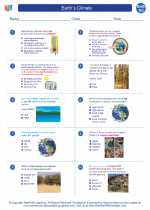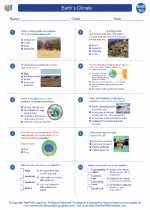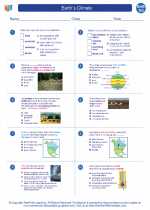Mosses
Mosses are small flowerless plants that typically grow in dense green clumps or mats, often in damp or shady locations. They belong to the division Bryophyta and are considered to be non-vascular plants, meaning they lack specialized tissues for transporting water and nutrients. Mosses play important roles in ecosystems as they help to retain moisture, prevent soil erosion, and provide habitats for small organisms.
Life Cycle of Mosses
The life cycle of mosses is characterized by alternation of generations, which includes the gametophyte and sporophyte stages. The gametophyte is the dominant and independent stage, while the sporophyte is dependent on the gametophyte for nutrients.
Anatomy of Mosses
Mosses have simple plant structures, including stems, leaves, and rhizoids. The stems are often unbranched and bear the leaves, which are usually one cell layer thick. Rhizoids are root-like structures that anchor the moss to the substrate and absorb water and nutrients.
Ecological Importance
Due to their ability to thrive in a variety of environments, mosses contribute to the health of ecosystems in several ways. They act as a sponge, absorbing and retaining water, which helps to prevent soil erosion. Additionally, mosses provide habitats for small invertebrates and microorganisms, supporting biodiversity in ecosystems.
Study Guide
- Describe the life cycle of mosses, including the gametophyte and sporophyte stages.
- Explain the ecological importance of mosses in maintaining healthy ecosystems.
- Identify and describe the key anatomical features of mosses, such as stems, leaves, and rhizoids.
- Discuss the adaptations that allow mosses to thrive in diverse habitats, including their ability to retain moisture and prevent soil erosion.
- Compare and contrast the reproductive strategies of mosses with those of vascular plants.
By understanding the life cycle, anatomy, and ecological importance of mosses, you can gain a comprehensive understanding of these fascinating and vital non-vascular plants.
.◂Earth Science Worksheets and Study Guides High School. Earth`s Climate

 Worksheet/Answer key
Worksheet/Answer key
 Worksheet/Answer key
Worksheet/Answer key
 Vocabulary/Answer key
Vocabulary/Answer key
 Vocabulary/Answer key
Vocabulary/Answer key
 Vocabulary/Answer key
Vocabulary/Answer key
